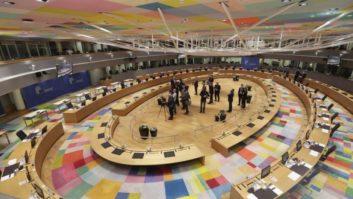Over 50% of renewables in the grid
EU-SysFlex stands for “Pan-European system with an efficient coordinated use of flexibilities for the integration of a large share of RES “. EU-SysFlex will come up with new types of services that will meet the needs of the system with more than 50% of renewable energy sources. It will find the right blend of flexibility and system services to support secure and resilient transmission system operation.










































